What Is a Good Source of Pigment for Art Work
Chemical Label of Pigments in Art
What Is Colour? "Color is the visual perceptual belongings corresponding in humans to the categories called red, dark-green, bluish, and others. Color derives from the spectrum of light (distribution of calorie-free ability versus wavelength) interacting in the center with the spectral sensitivities of the light receptors. Color categories and physical specification of color are likewise associated with objects, materials, lights sources, etc., based on their concrete backdrop such as low-cal absorption, reflection, or emission spectra. By defining a color space, colors tin be identified numerically be their coordinates" (Wikipedia). Color is non a tangible matter. It is a perception.
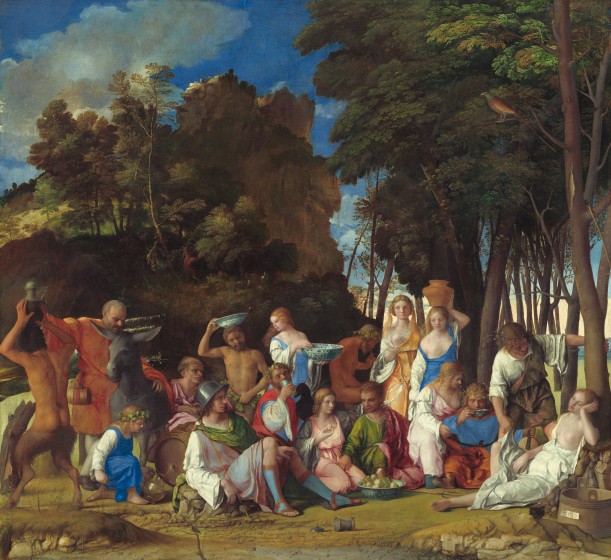
Giovanni Bellini and Titian, The Feast of the Gods, 1514/1529, oil on sheet, National Gallery of Art, Widener Collection, 1942.9.1
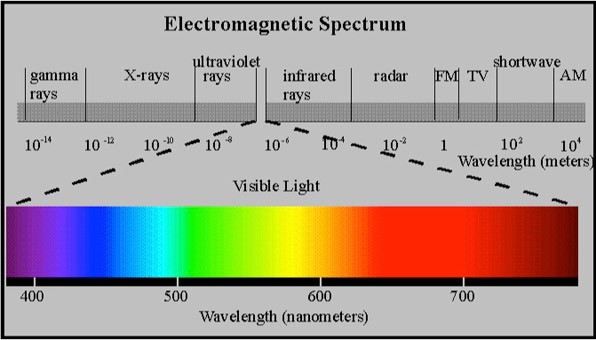
This well-known diagram illustrates an epitome that shows the electromagnetic spectrum with the visible wavelength expanded showing the department from 400 – 750 nm. This department is the portion of energy that can exist perceived by receptors in eyes and processed by the brain. Information technology provides human beings with the power to run into color.
Why does light appear to be "colorless?" White light can be dispersed by a prism because the relative speed of different wavelengths changes in a fabric such as glass. When all the wavelengths arrive at our eye, we perceive no color, just white. However, if an object is made from molecules that absorb blue and green low-cal, then nosotros will perceive that object as cerise.
This is how color is understood by artists. It is a material entity and not thought of in terms of wavelength at all.
Artists' colorants come from many sources: animal, mineral, vegetable, and synthetic.
The artist lives in the fabric globe where yellow and bluish make greenish, because those pigments mixed together create that hue. Scientists more ofttimes work in the red, bluish, and green globe of additive color. However, additive color from a perceptual viewpoint appears to contradict what people see in the world around them.
Some Sources of Color
| Concrete | Chemical |
|
|
Color can be created by physical and chemical occurrence. Virtually chemical interactions that explain why materials have color are the effect of electronic transitions. For example, they can be atom-centered, such as ligand field transitions in transition element ions (resulting in the blue color of hydrated copper sulfate), or they tin be intramolecular.
In some organic compounds with delocalized electrons the energy difference between the bonding and non-bonding pi and n orbitals and the anti-bonding pi star orbitals is in the visible region of the electromagnetic spectrum. When some photons are absorbed from "white light," we perceive color.
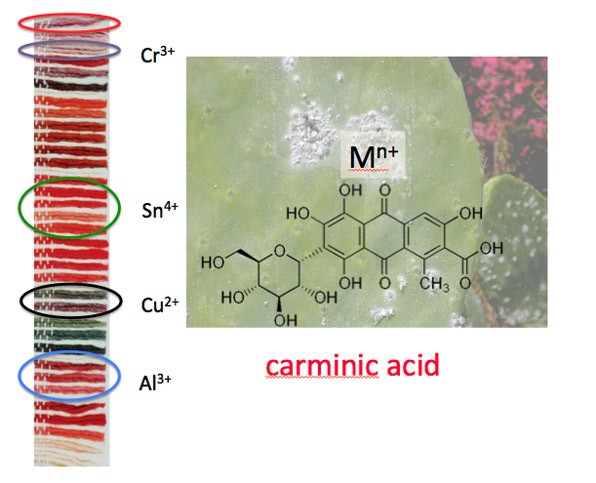
Ruby, a ruby-red colorant derived from cochineal insects, when studied scientifically, reveals that a variety of different shades of cherry-red—some that appear violet and others that are brilliant pink—can be fabricated past using different chemicals, called mordants, to procedure the raw dye material extracted from the cochineal insects.
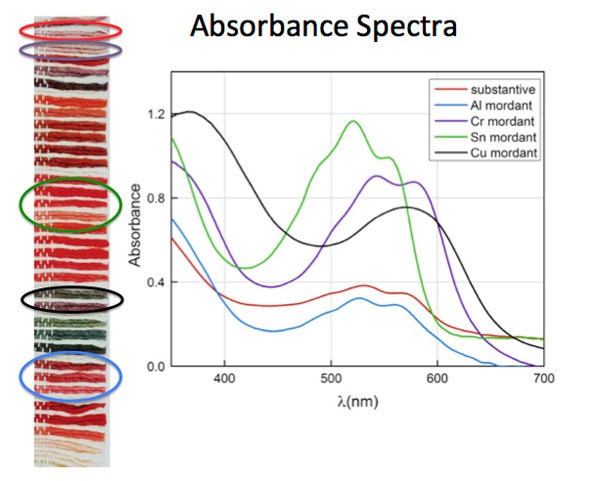
This graph shows the absorbance spectral curves of cochineal dye based on the blazon of chemic mordant used to prepare them.
Some of the Analytical Methods Used to Identify Colorants in Works of Art
| Sample required | No Sample Required |
|
|
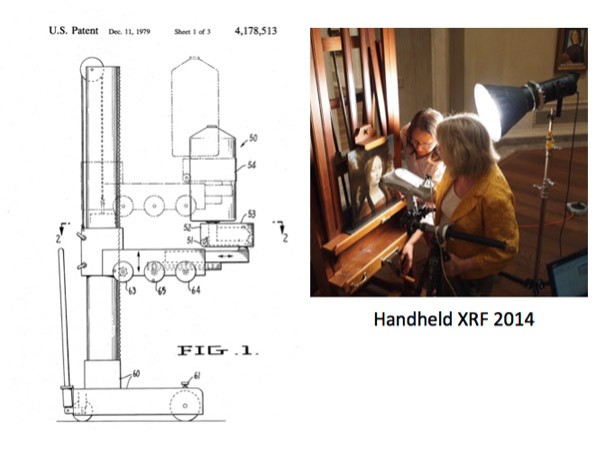
Illustrated are 2 scientists using a handheld X-ray fluorescence device to decide the chemical makeup of a pigment independent in a painting.
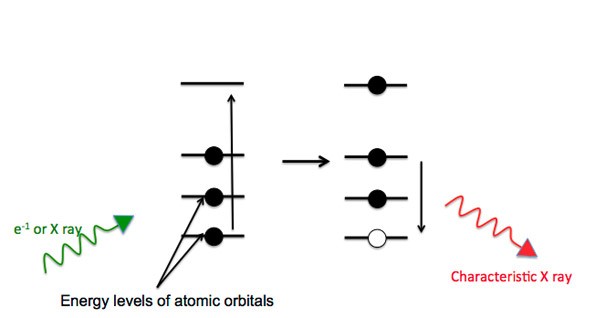
One method of capturing data from a sample is X-ray fluorescence; some other is energy dispersive X-ray assay.
Several other belittling instruments can be used to obtain information about the chemical nature of pigments in works of art—these include Fourier transform infrared spectroscopy, near-infrared imaging, and Raman spectroscopy.
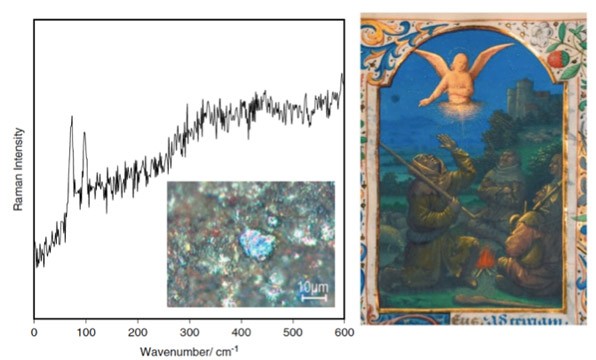
A surprising result found past a colleague in the field of conservation science, Karen Trentleman, indicates the artist's use of metal bismuth to make a greyness pigment! Micro-Raman was used to examine a single particle and the spectra showed that metal was used and non an oxide or a sulfide.
Other nondestructive methods of collecting valuable enquiry data include the instruments illustrated here. These camera-similar devices capture information that a detector can analyze to determine the composition of a pigment used past an creative person. In some instances, very minute samples are taken from existing cracks or the edges of a painting. Amazingly, a vast amount of information can be obtained from a tiny sample, smaller than a caput of a pin.
The sample comes from a loss. A scientist mounts a sample in a plastic block. Nearly samples are very small—but when placed under a microscope and photographed, the sample tin can exist seen rather easily. When scientists expect at the sample using a microscope, they can place all the layers of the painting. In this case, in that location is a white chalk ground, a line of drawing, and two or iii layers of paint that alloy together, each mixed from atomic number 82 white and azurite—indicating that the artist worked from light to dark.
Scientists tin can examine the paint sample using scanning electron microscopy along with energy dispersive X-ray analysis to identify and narrate the inorganic colorants.
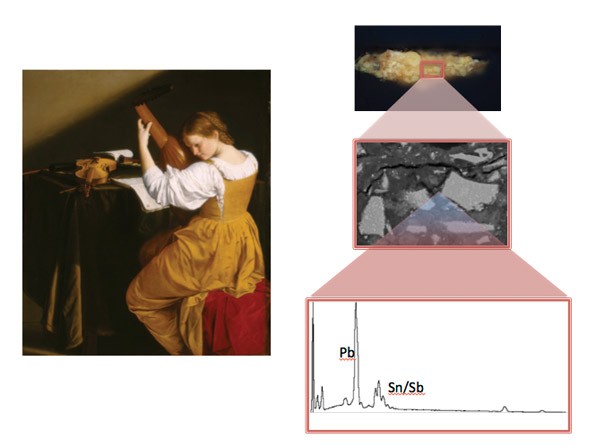
The sample taken from Gentileschi's painting The Lute Player, c. 1612/1620, shows a small rectangle magnified by a microscope in the images on the top right. A portion of that surface area is examined using the scanning electron microscope, which yields the image in the center right. The energy dispersive Ten-ray instrument that is attached to the scanning electron microscope reveals the presence of pb (Pb) forth with antimony and tin (Sn/Sb), which indicates that the gilt brownish pigment in The Lute Player is pb-tin antimony yellow.
References
"Color." Wikipedia: The Free Encyclopedia. Wikimedia Foundation, Inc. (accessed Oct 15, 2015), https://en.wikipedia.org/wiki/Colour.
"Scientific Research Section Publications." National Gallery of Fine art (accessed October 15, 2015), http://www.nga.gov/conservation/publications/publication-list.html.
Sgamellotti, A., B.G. Brunetti, and C. Miliani. Science and Art: The Painted Surface. Royal Guild Of Chemical science, 2014.
Berrie, B.H. Rethinking the History of Artists' Pigments through Chemical Analysis. Almanac Review of Analytical Chemical science (2012), 5: 441–459, http://www.annualreviews.org/doi/abs/10.1146/annurev-anchem-062011-143039.
Casadio, Francesca, Alyson V. Whitney, and Richard P. Van Duyne. "Plasmonic Nanostructures for Highly Sensitive Detection of Traditional Artists' Cherry-red Dyestuffs with Surface Enhanced Raman Spectroscoph." The Art Institute of Chicago (accessed October fifteen, 2015), http://world wide web.european union-artech.org/files/Ext_ab/Casadio.pdf.
Shugar, A.North., and J.L. Mass. Handheld XRF for Art and Archaeology. Leuven University Press, 2012.
Serrano A., A. van den Doel, M. van Bommel, J. Hallett, I. Joosten, and One thousand.J. van den Berg. Investigation of Ruby-red-Dyed Fibres for a New Approach on the Characterization of Cochineal and Kermes Dyes in Historical Textiles. Analytica Chimica Acta, http://dx.doi.org/x.1016/j.aca.2015.09.046.
"Note on Colour Fading:'Paintings Fade Like Flowers.'" The Metropolitan Museum of Art (accessed October fifteen, 2015), http://world wide web.metmuseum.org/exhibitions/listings/2015/van-gogh/color-fading.
Source: https://www.nga.gov/conservation/science/chemical-characterization-of-pigments-in-art.html


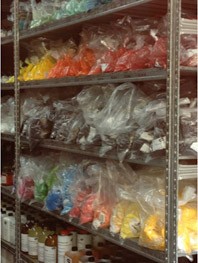
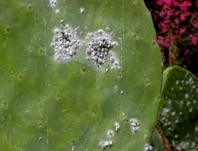
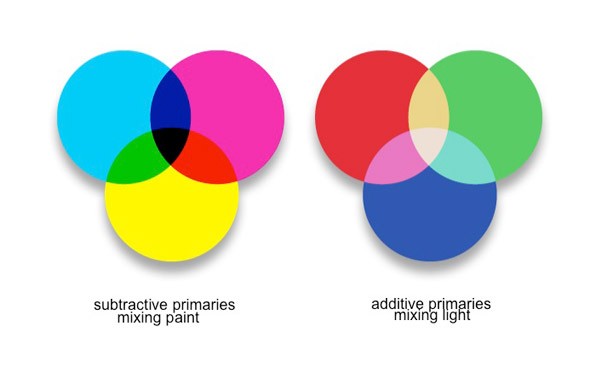
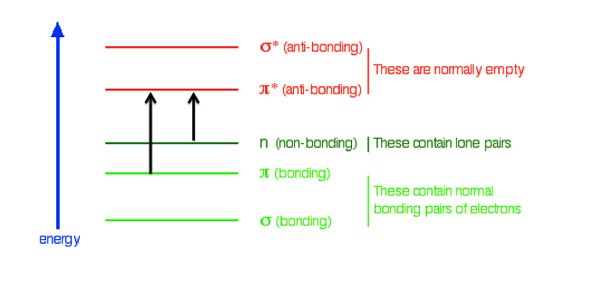




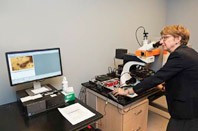

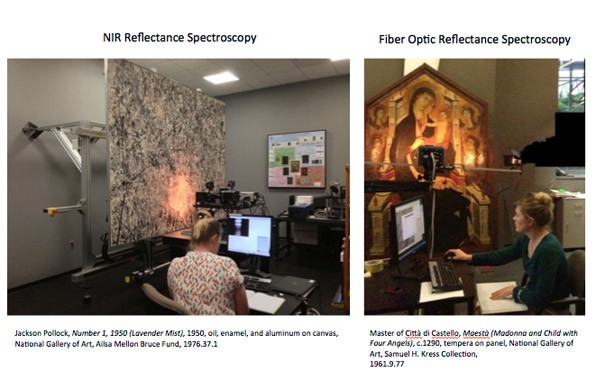
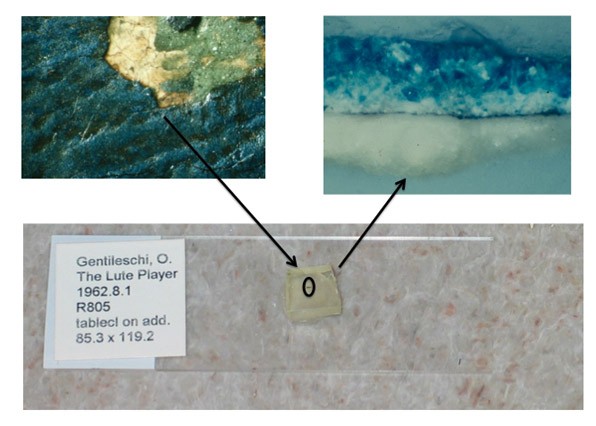


0 Response to "What Is a Good Source of Pigment for Art Work"
Post a Comment